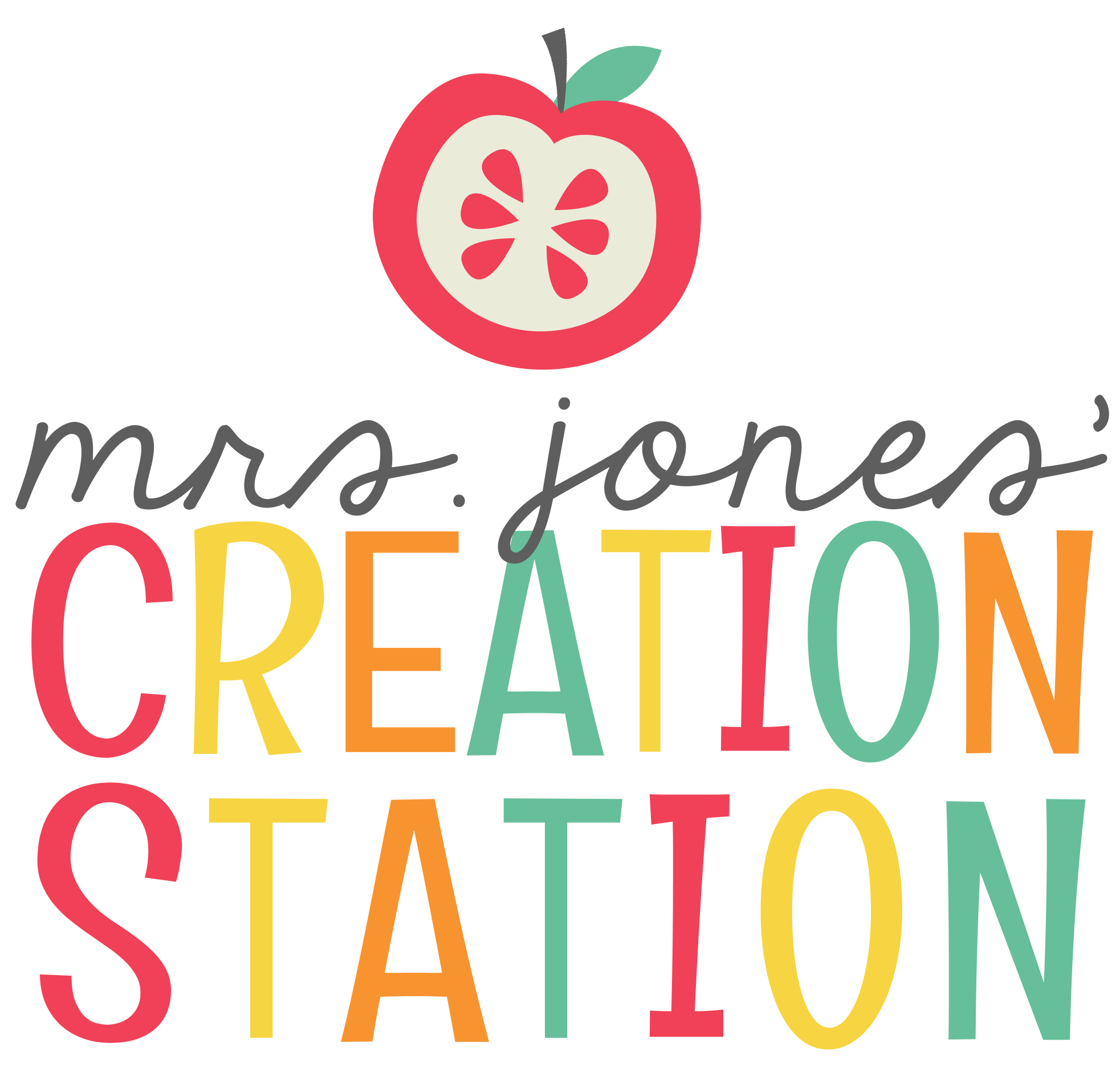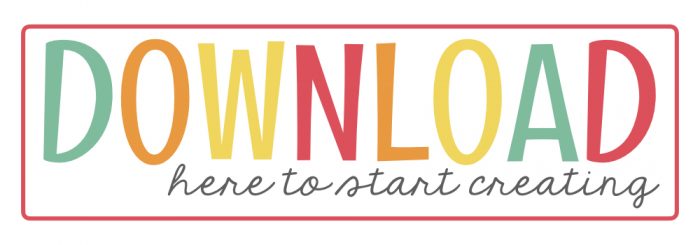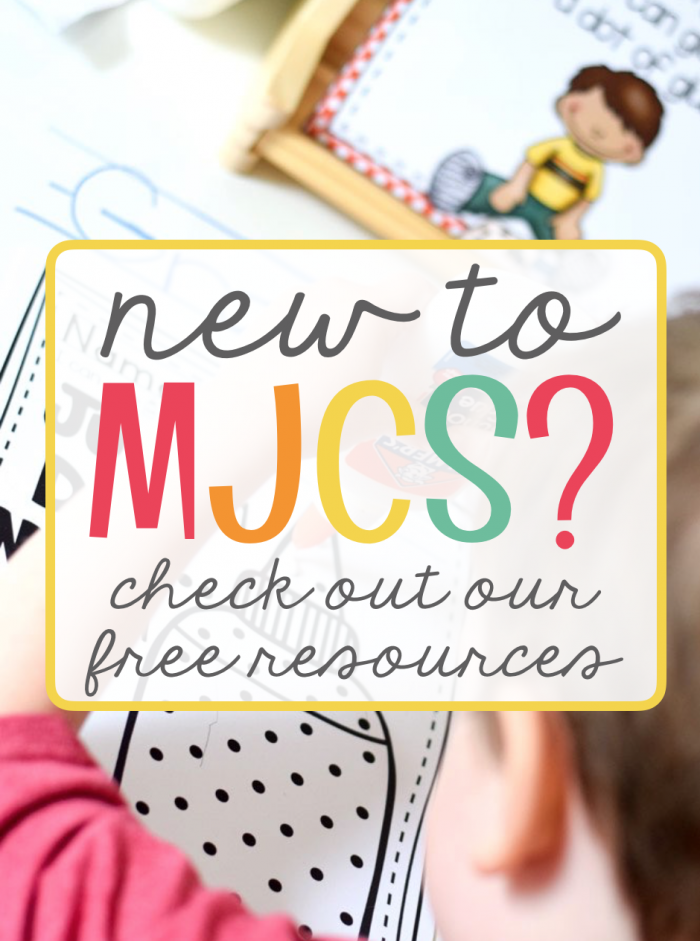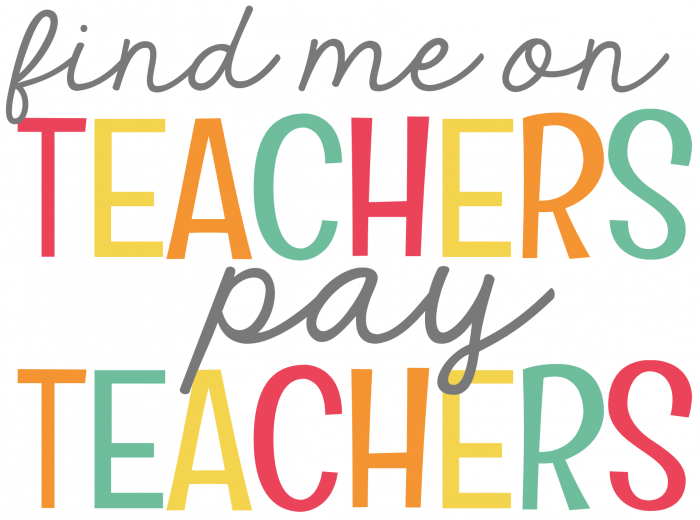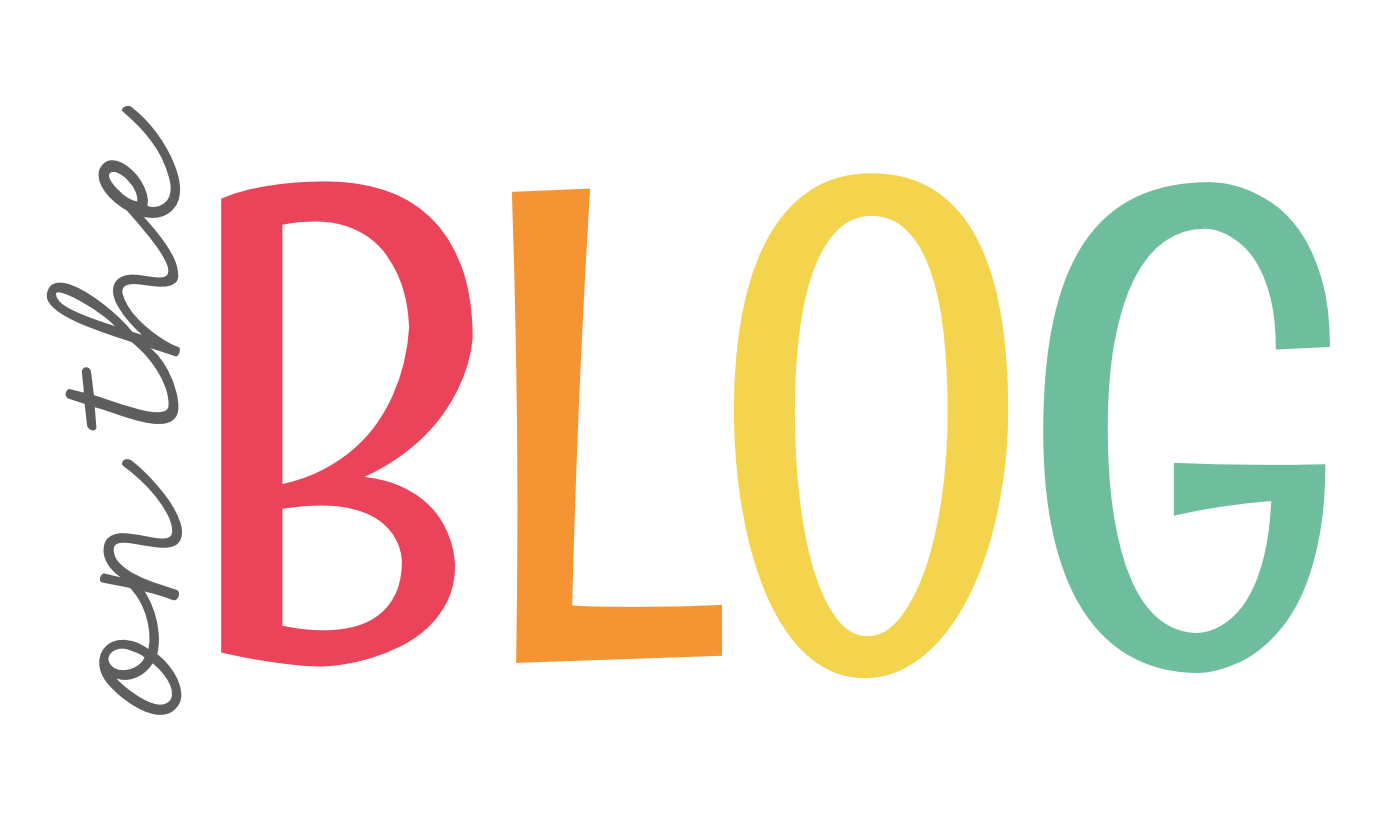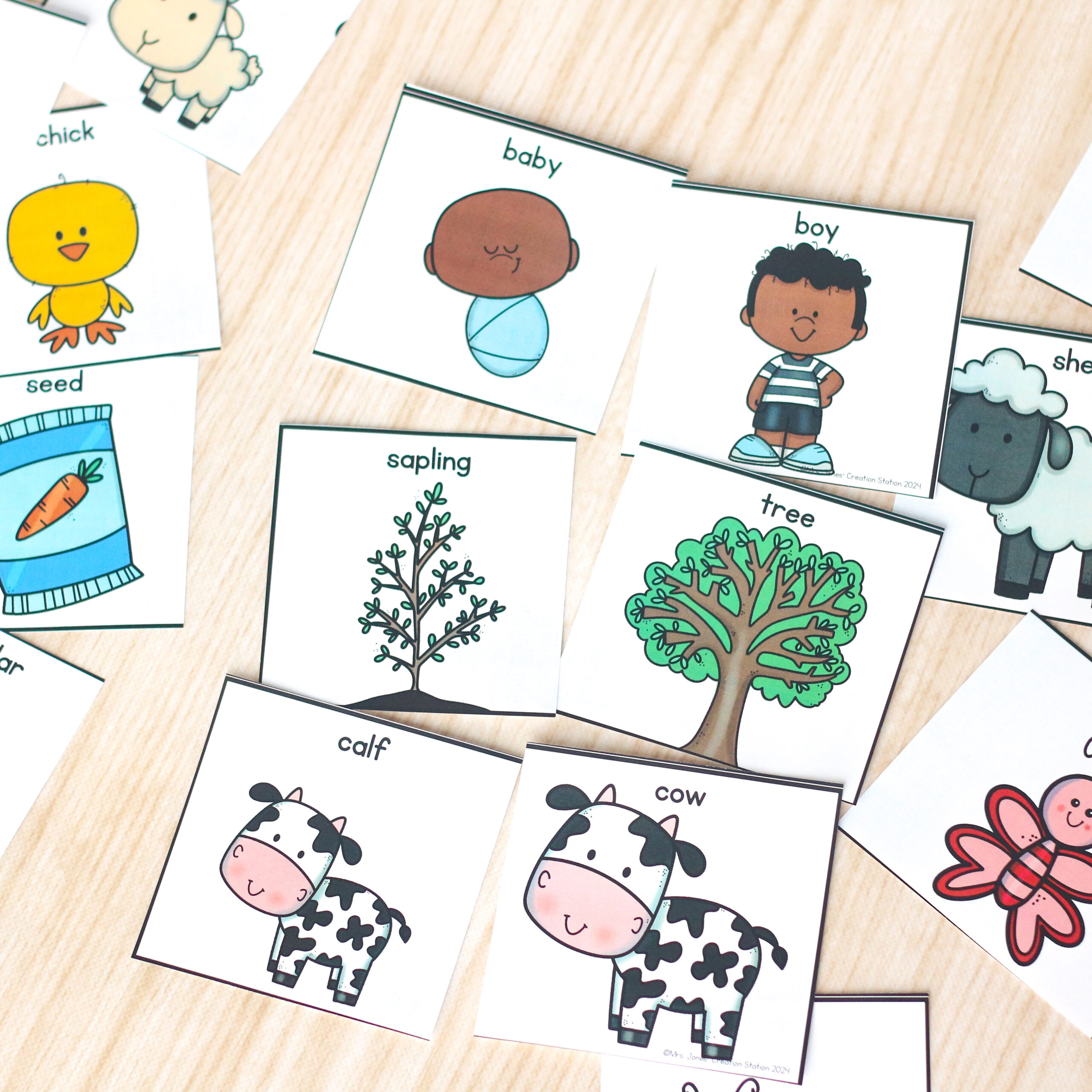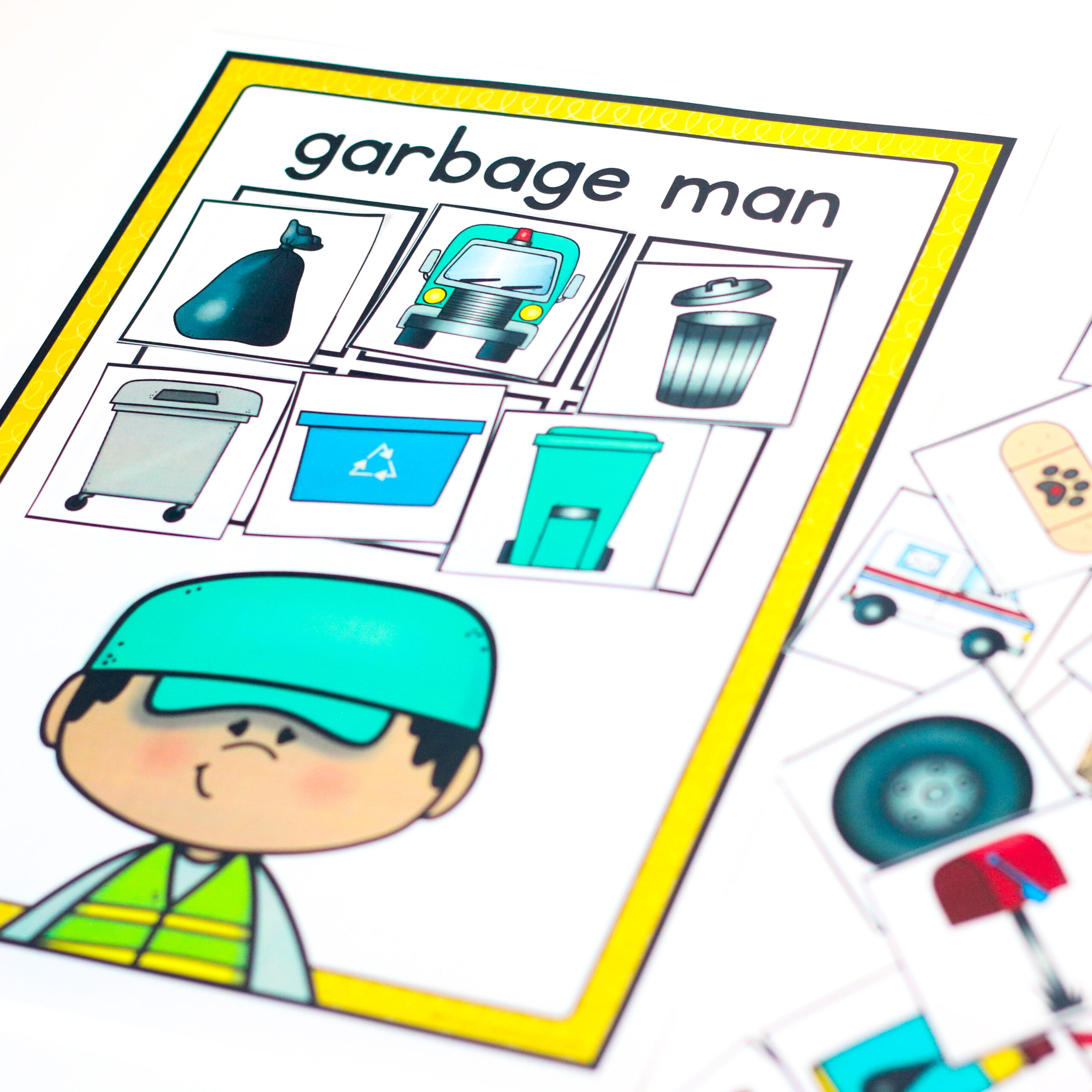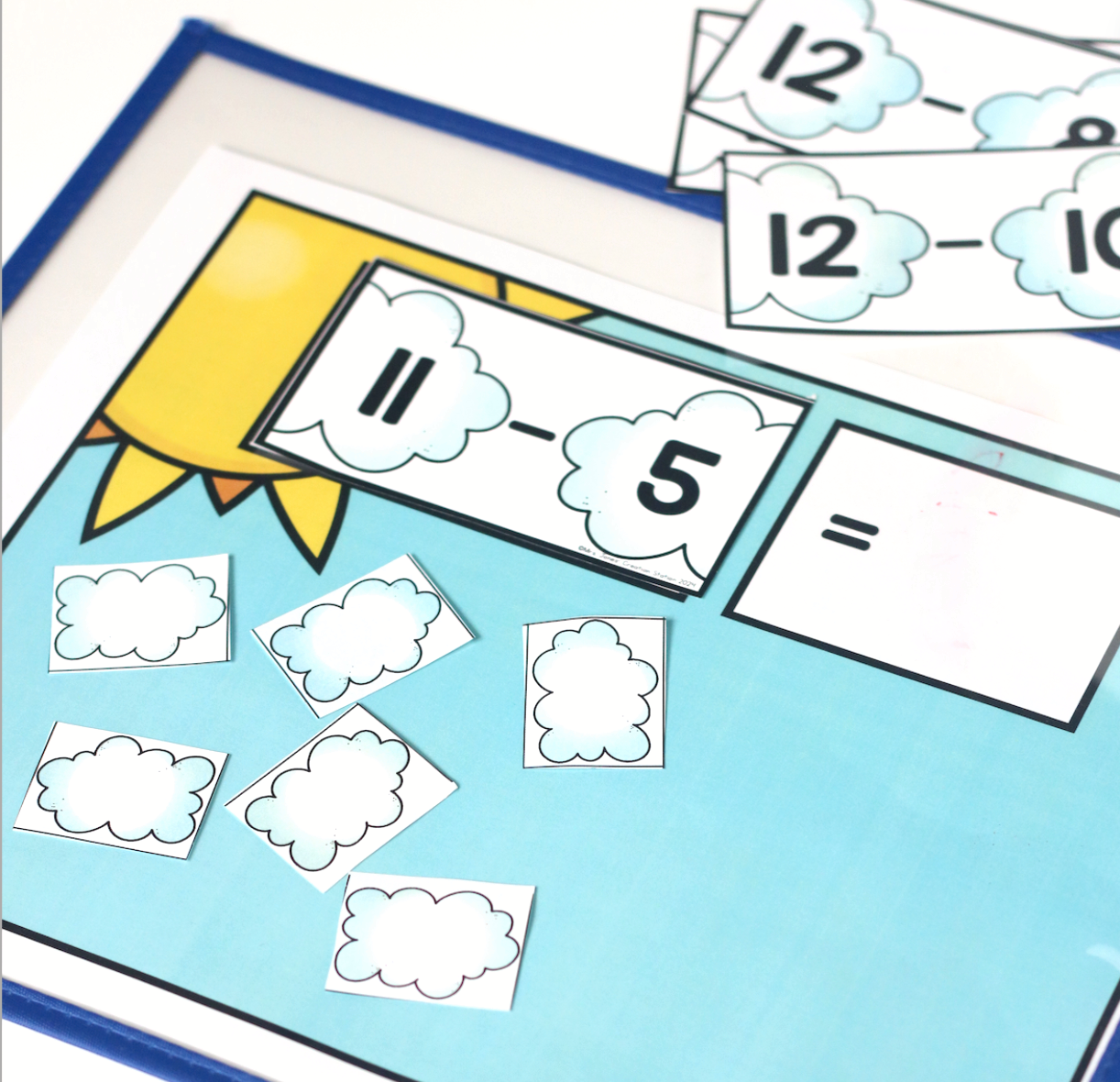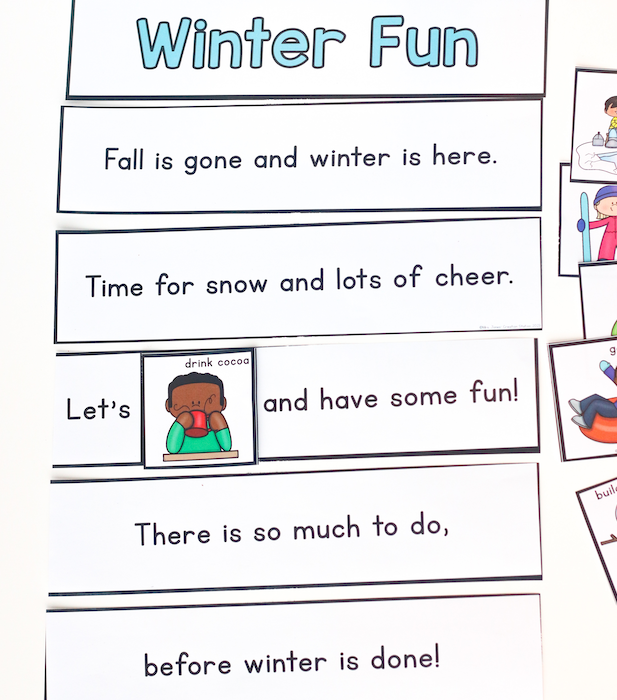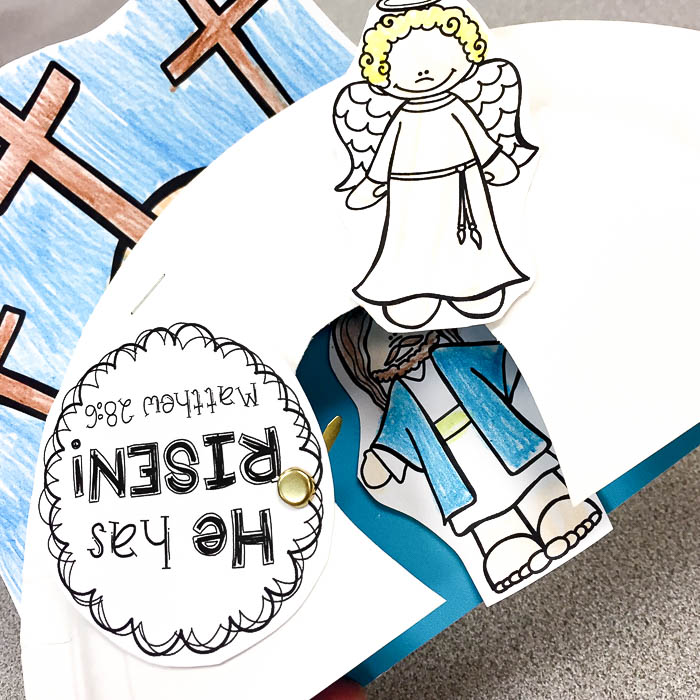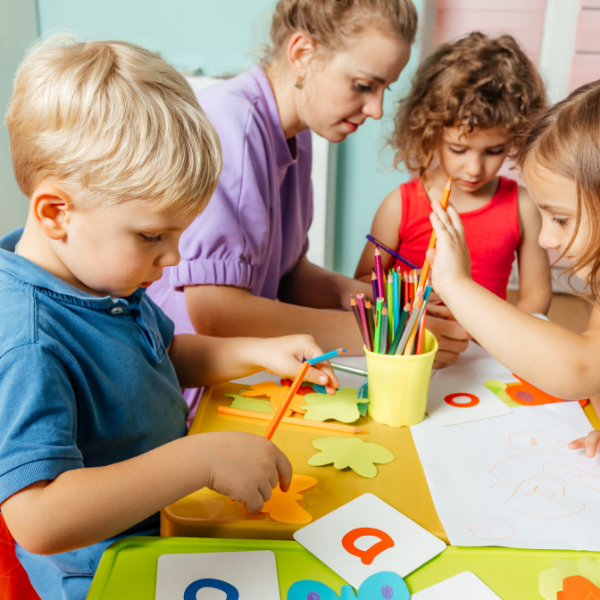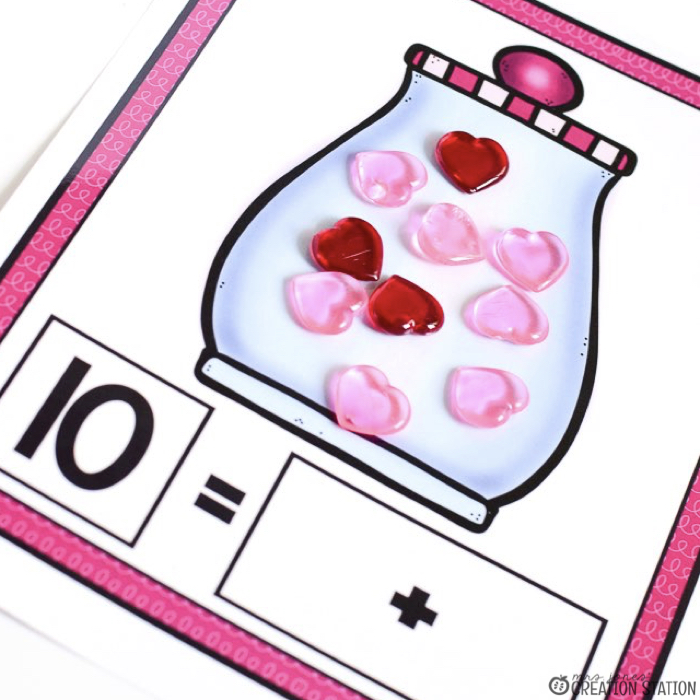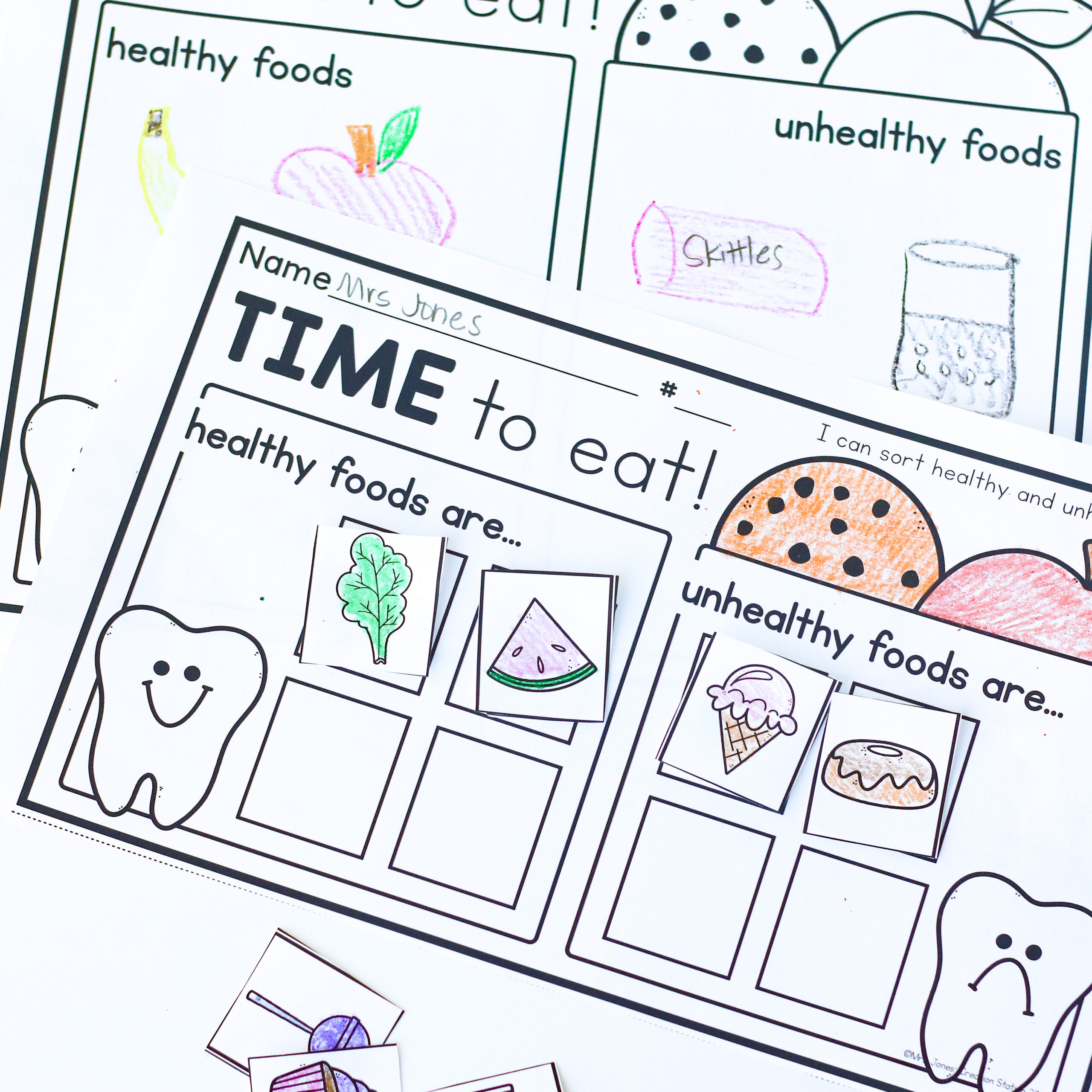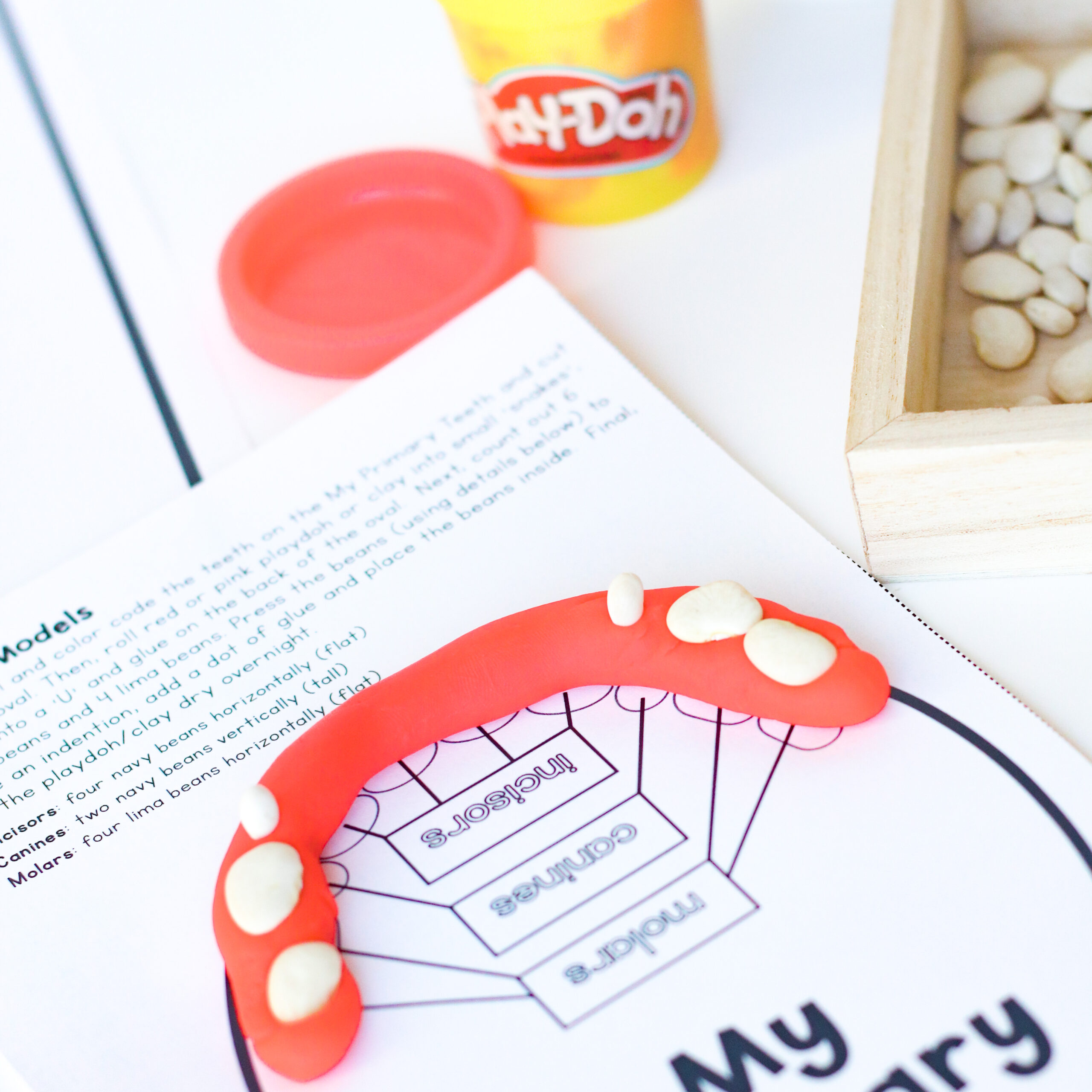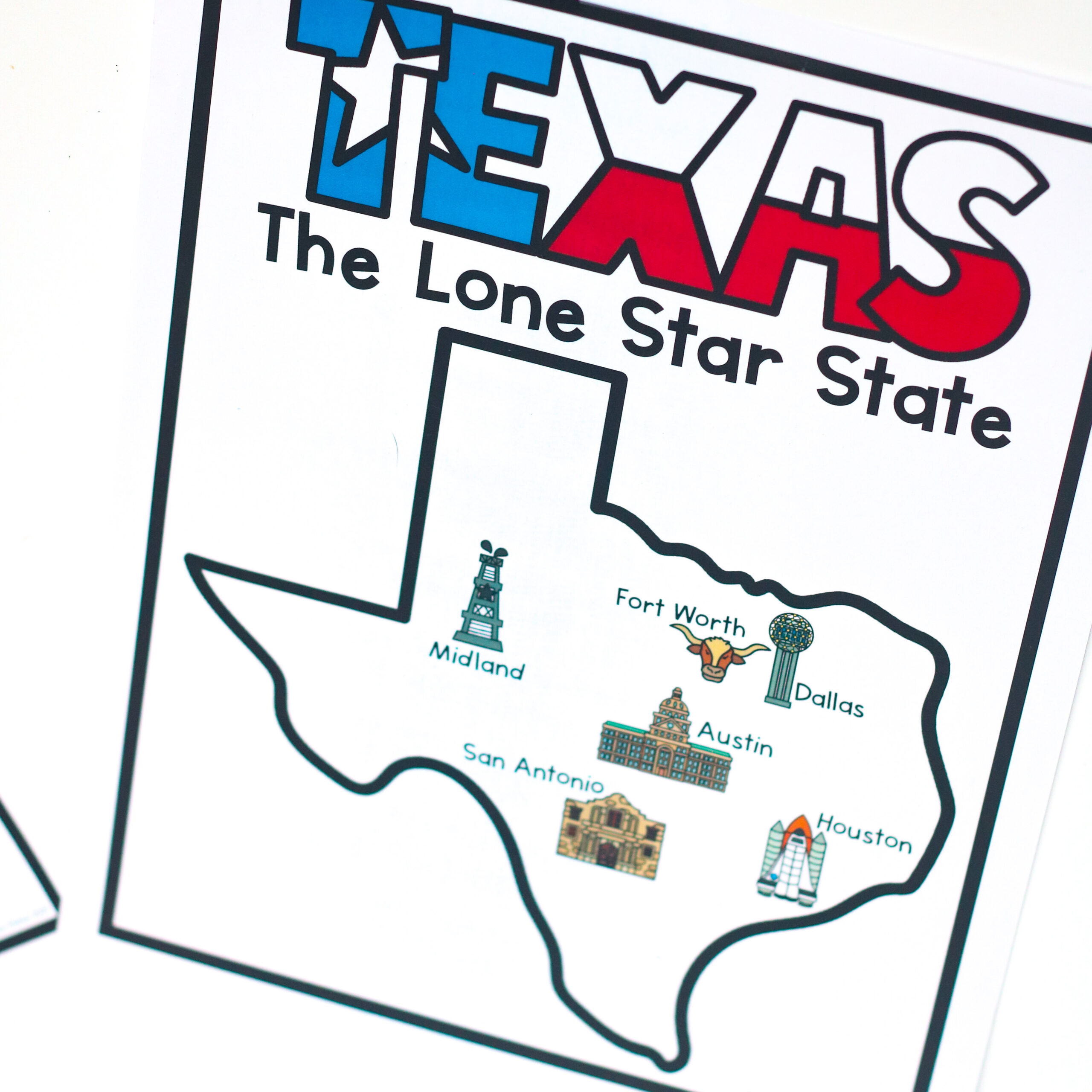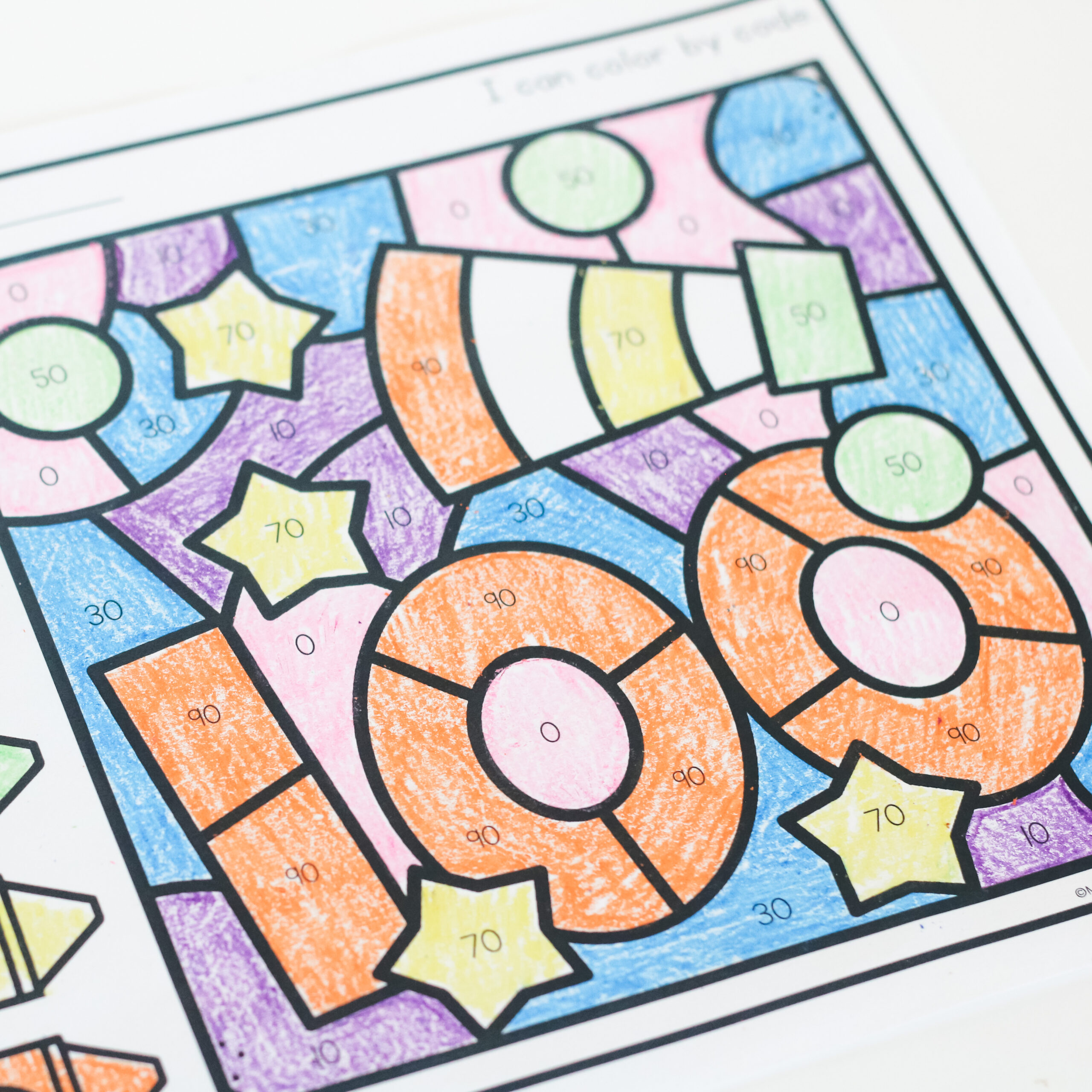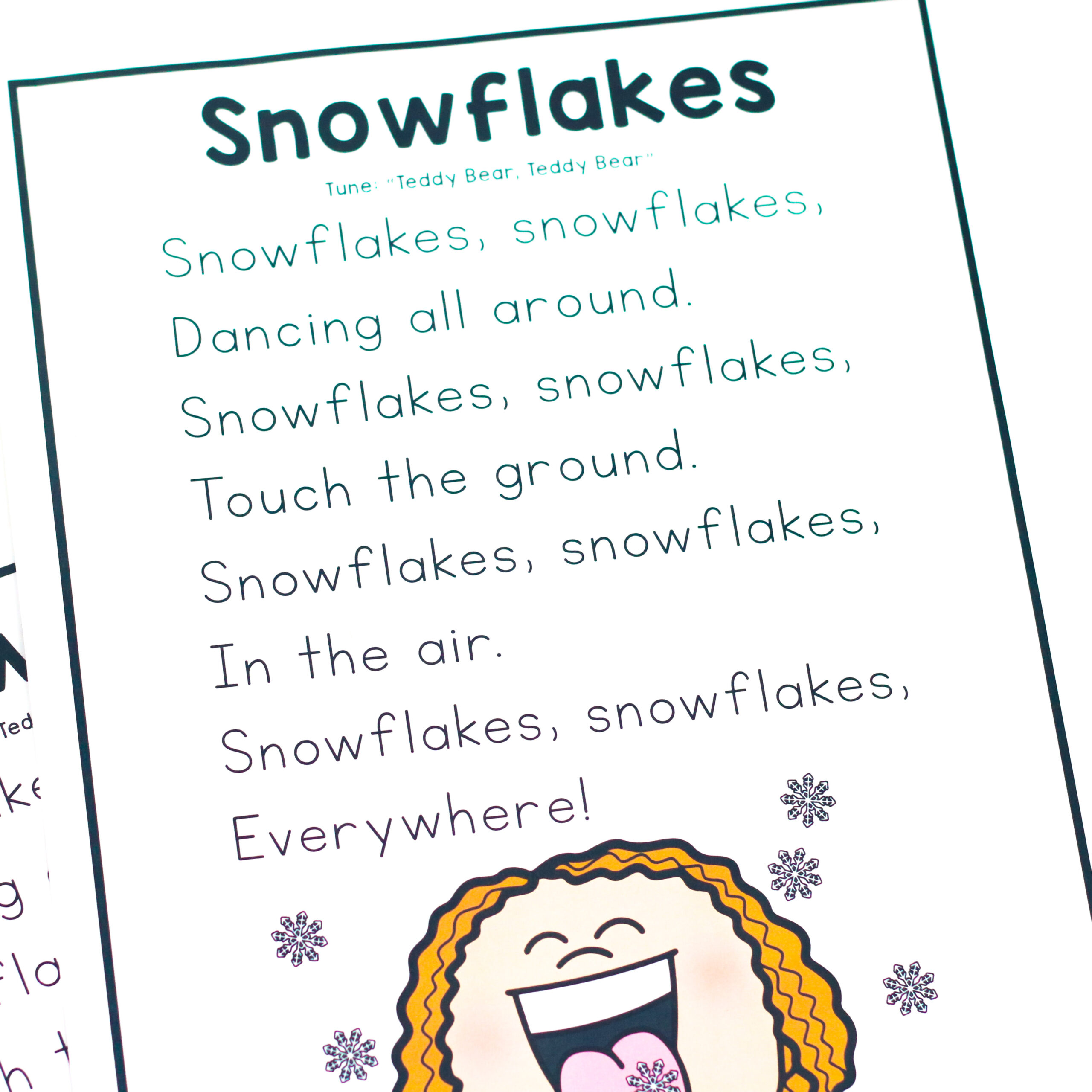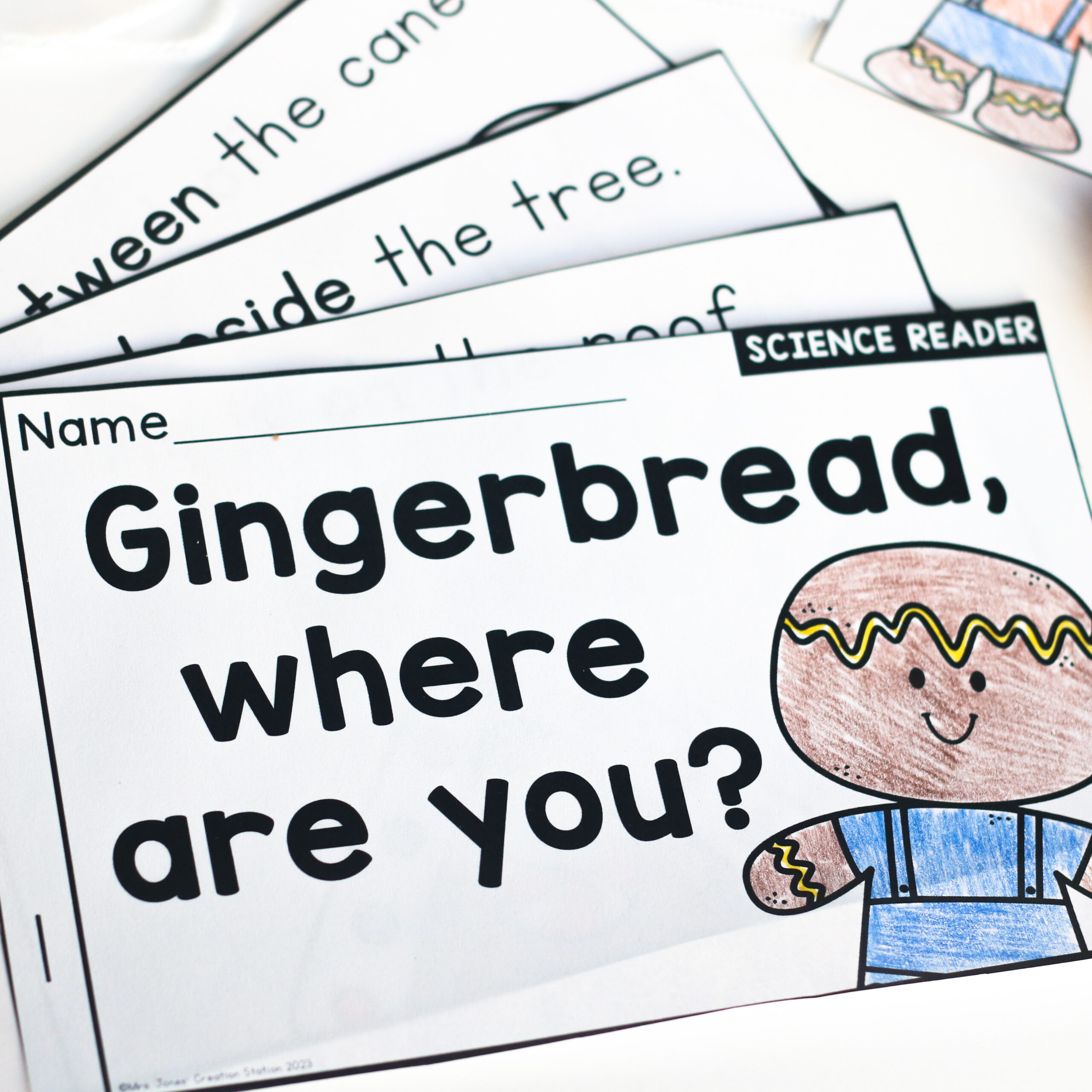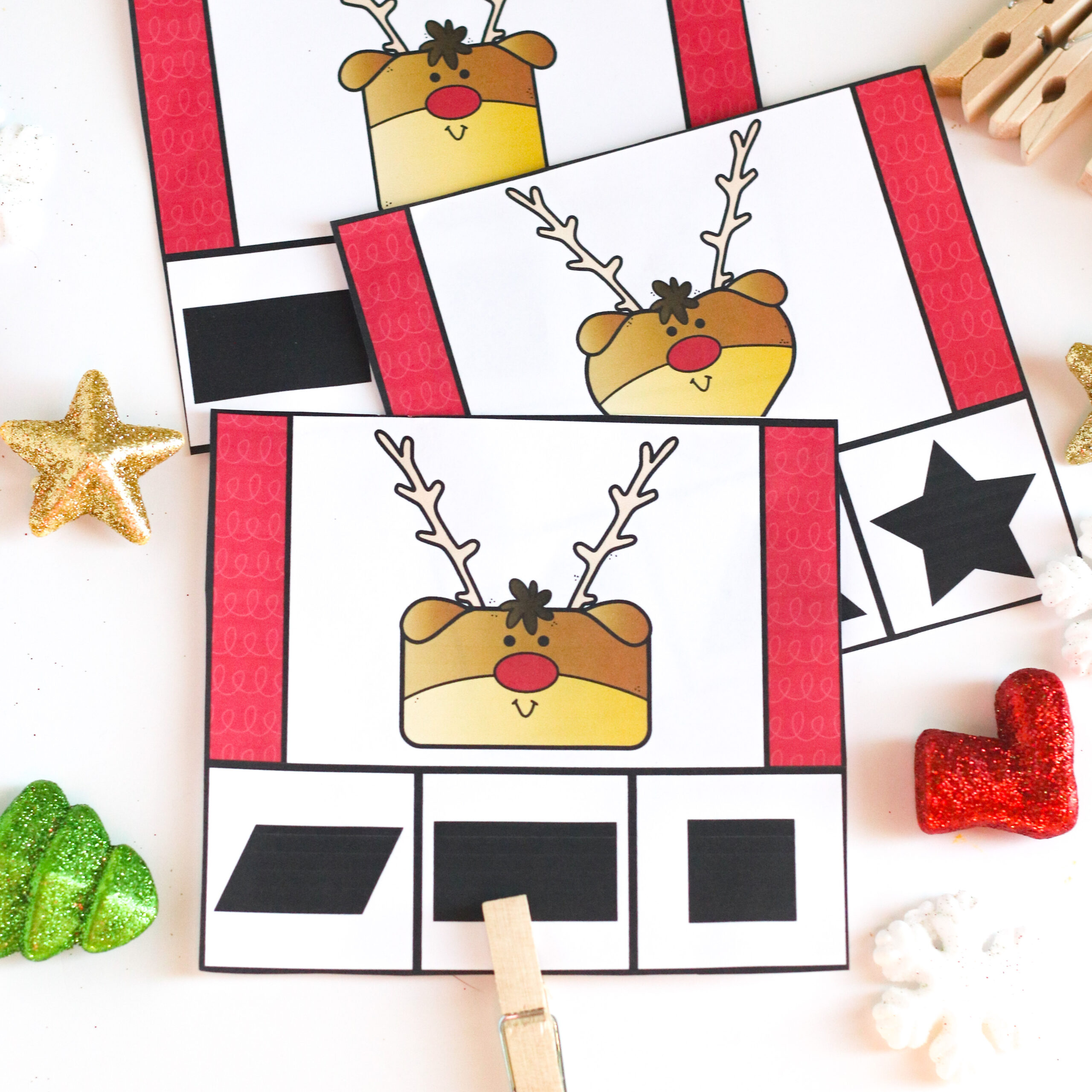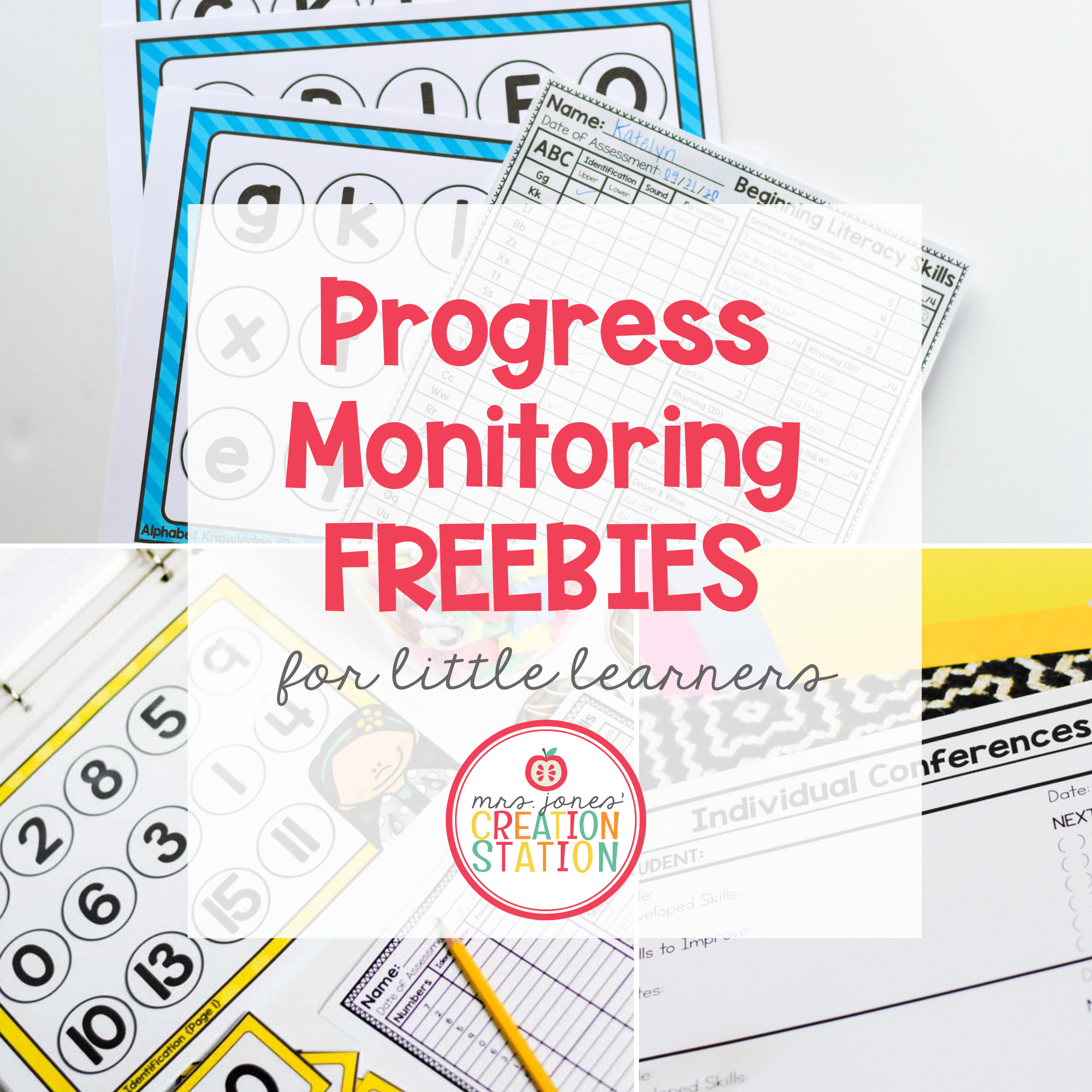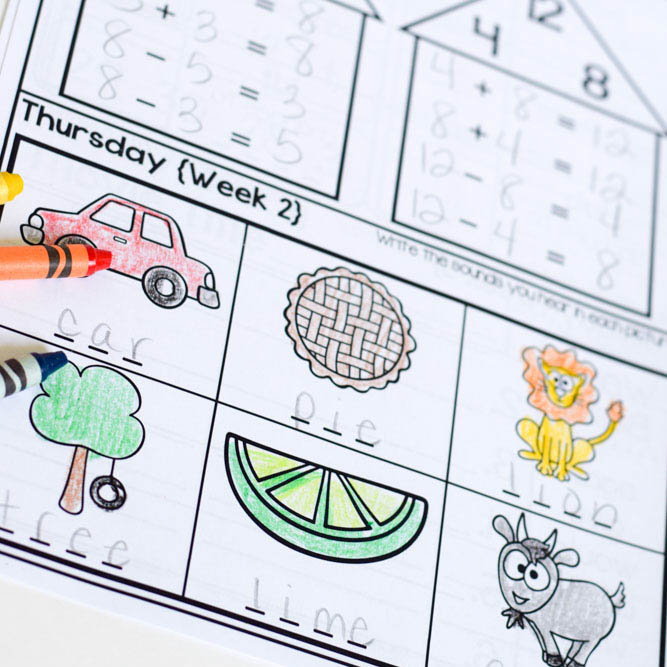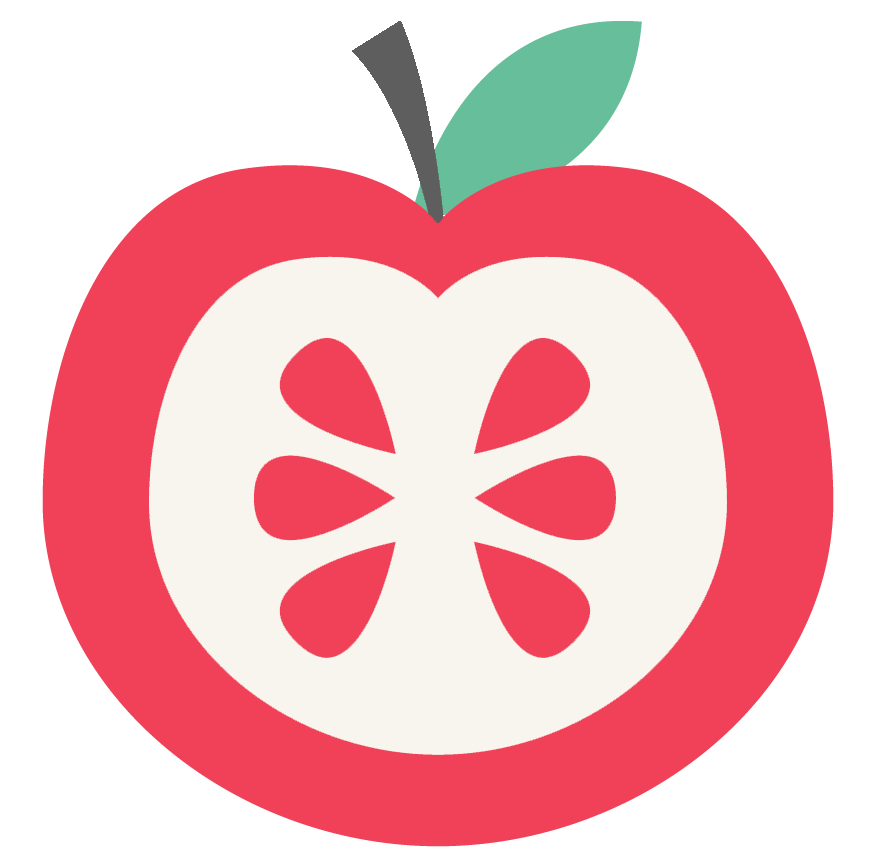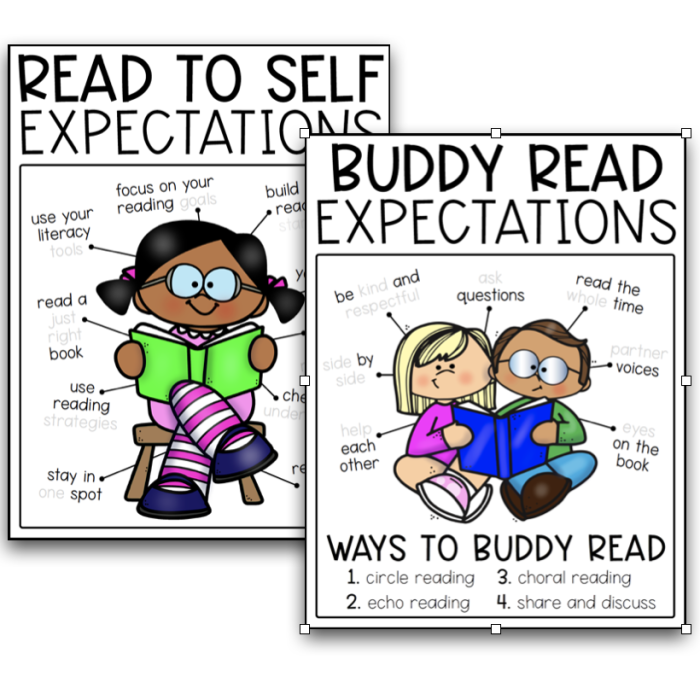As a literacy teacher, teaching my students the importance of reading is my entire day. My students make huge transitions in reading during their second grade year. They move from learning to read and begin reading to learn. It’s so important to set reading expectations. As a result, you’ll see huge improvements! Find out how I set reading expectations that run throughout the entire year.
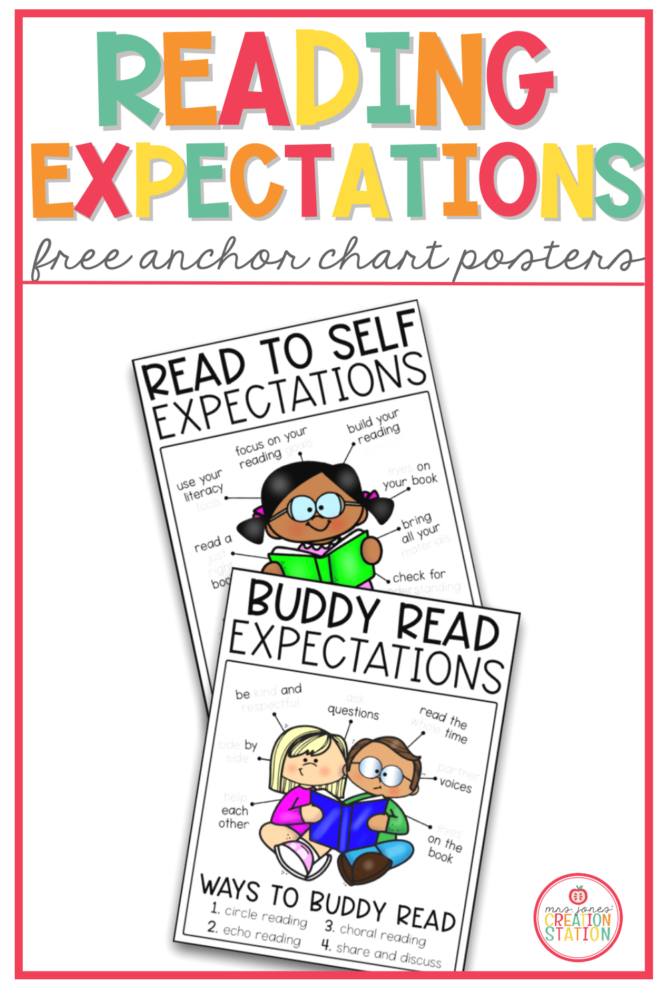
Consistency is Key
It doesn’t matter if you start on the first day of school or on the one hundredth day of school, consistency is so important. Your goal is for your students to read in various centers without supervision. First, I start with introducing reading expectations with these anchor charts.
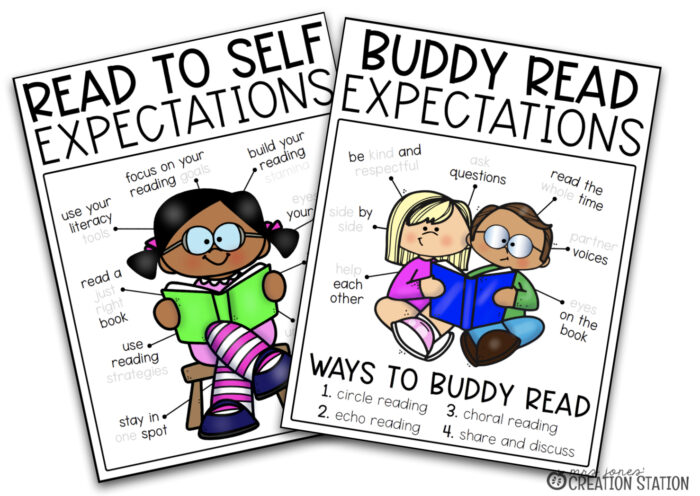
Read to Self
I model this on the first day of school. Most students are familiar with read to self. It’s a school wide term. The first few weeks is all about classroom expectations and routines, so setting aside blocks of time to read is perfect this time of year.
As the year progresses, we add another expectation to our anchor chart. First, I model in whole group and small group. Then, I send them off independently when I feel they are ready. Not only is the anchor chart on the wall, but I add a smaller version to their reading journal.
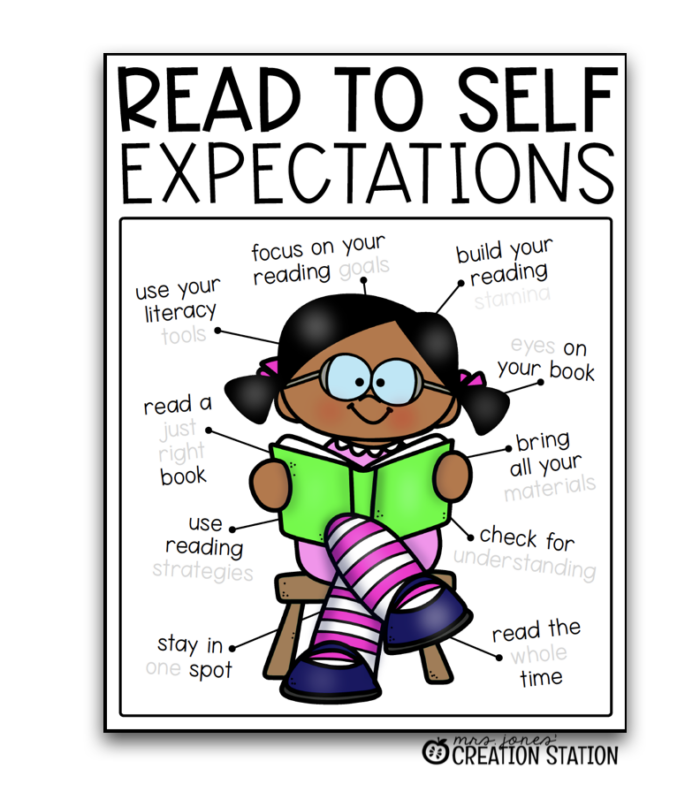
Buddy Reading
My students love buddy reading. It provides them some time during the day to find books with common interests to share. I strategically group my kids based on ability, so it’s a perfect way to share a fun book with a friend who has similar reading abilities.
This can be introduced any time of year. Once we establish good Read to Self expectations, I model buddy reading. I like to invite a friend up with me to help me read a quick book. They have no clue that I’m actually showing them the correct expectations. When my student is reading, my eyes stay on the book. I ask questions along with mentioning fun parts of the section after they read. It’s a natural way of modeling and it works so well for my students!
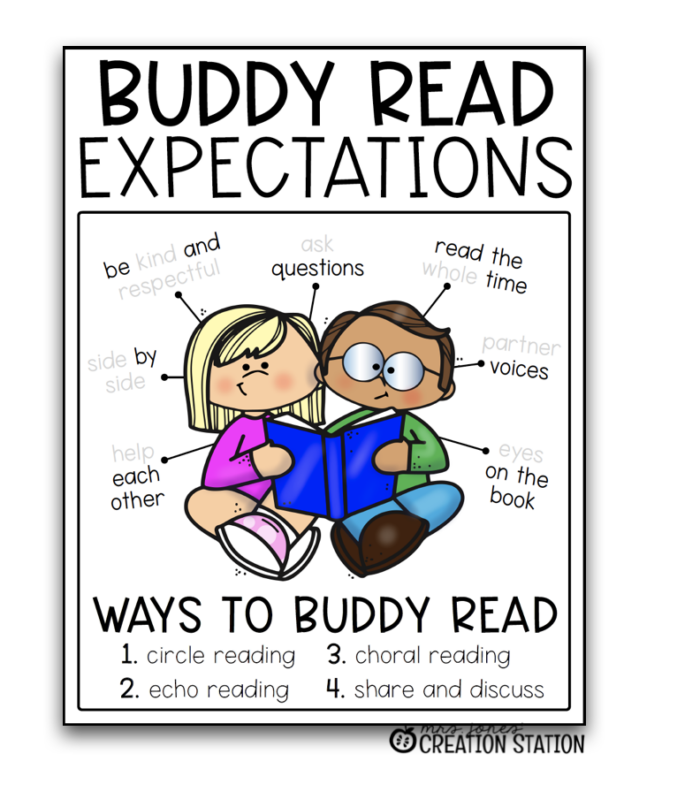
Partner Text Talk
This is very similar to buddy reading, but we use our Fountas and Pinnell™ shared reading books. These books are assigned to groups based on their reading level. This takes lots of practice with me during small group instruction. Once they are ready to do it independently, I add Text Talk to their rotation. They use my Reading Response printables while they read.
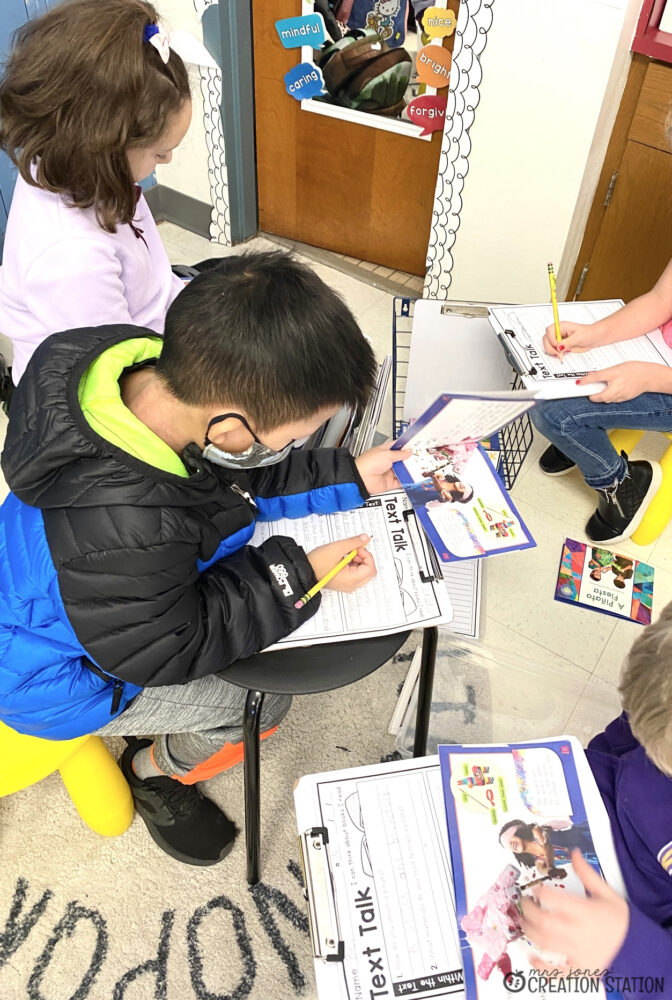
Student Led Book Clubs
My more advanced readers love book clubs using Get Epic™. If you’re not using this resource in your class, RUN to your administrator and ask for it! It’s a great way for early readers to listen to wonderful books along with reading independently on tablets. Again, this is something that needs to be modeled as an entire class as soon as possible. Once students reach a certain reading level, they know exactly what to do when they have this new rotation added to their schedule.
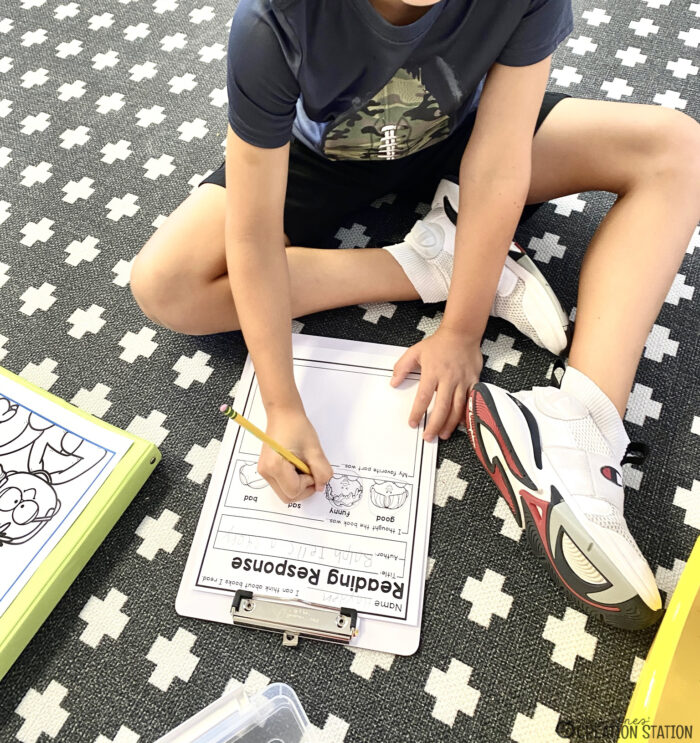
Once you establish expectations for your reading block, you can spend more time teaching in smaller groups with very little disruption! And your students will learn to love reading and will beg for more!
You can grab these FREE Reading Expectations anchor charts by clicking the link below!
